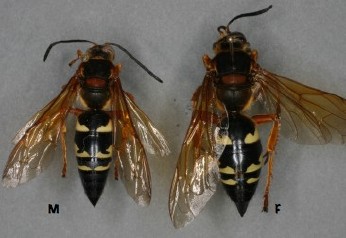We originally had two trees, but one died. As I walked up to the tree, I could see the fruit on the branches.
Here is a close-up shot so that you can see some of the fruit. Most of the persimmons are green, but they ripen very quickly and then fall to the ground. This is a wild persimmon. Some people call them Indian persimmons. They multiply quickly, dotting the landscape. In fact every year I have to pull several that grow up wild from the flower beds. They also pop up in the yard, but i mow over them. I like finding more and more things that grow wild that are edible in our area. It's like a garden that you don't have to tend to!
Here are a few of the persimmons that have fallen. You don't want to eat them when they are green as they are very bitter. These are much smaller than the Japanese persimmons that we would eat when I was younger. The actual fruit of the wild persimmon is golf-ball sized and loaded with large seeds. Most people would think that it isn't an efficient use of time to de-seed the persimmons in order to yield the very sweet persimmon pulp, but we do it. We've perfected a little process that does the trick easily in no time at all.
First, we pick the persimmons that have fallen and litter the ground underneath the tree. Some will burst on impact, but a large number survive the fall intact. You can tell the ones that are ripe because they are very soft and have wrinkled skin. We put them in a colander in the vegetable sink and wash the bits of grass that are stuck to them. Then we remove the caps off the top of them.
We place about ten of the little persimmons in a fine mesh sieve that sits on top of a Pyrex measuring cup. With a rubber spoon/spatula, we bust the persimmons up, pressing the mashed up mixture into the sieve. This allows the sticky sweet fruit to go through the sieve and into the bowl below. All the seeds and skin remains in the sieve and we will spoon that out and place in the compost pile.
The resulting persimmon pulp is the consistency of baby food. It smells like Fall (if Fall has a smell) and is a golden color that looks like Fall as well.
We continue this process until we've extracted exactly 1 1/2 cups on persimmon pulp. Why 1 1/2 cups? Well that is the exact amount of persimmon pulp you need to make Persimmon Cake, a favorite at our house. You can see a previous blog post that contains the recipe by clicking HERE.
So while the tree continues dropping fruit, we keep processing them, freezing them in quart-sized freezer bags that each contain 1 1/2 cups of processed persimmon. We'll laugh as we inventory the stock of persimmon in the freezer by saying, "We have 13 persimmon cakes so far in the freezer," wondering if the inventory will last us until next Fall. Russ took a few Ziploc bags of frozen persimmon with him to college to make cakes for him and his roommates. Here's what we have so far:
There is a nice bucket or two or three left to fall out of the tree, but right now, there's 13 persimmon cakes in the freezer just waiting to be baked and eaten!















































